In 225 BCE, a Greek Engineer, Philo of Byzantium put down a list of the Seven Wonders of the World. These were known as the ‘Themata’ (in simple English, must-see sights) and were a list of remarkable constructions of classical antiquity. They were: The Great Pyramid at Giza, Egypt, The Hanging Gardens of Babylon, The Statue of Zeus at Olympia, Greece, The Temple of Artemis at Ephesus, The Mausoleum at Halicarnassus, The Colossus of Rhodes and the Lighthouse at Alexandria, Egypt. The list won praises for their notable features and architectural excellence.
Fast forward to 2000, a new millennium project known as the New 7 Wonders was initiated! A global democratic exercise, the idea was simple, to ask people to choose and elect for the ‘New Seven Wonders of the World’. It was a worldwide voting campaign where people could elect new man-made wonders of the world, which could be the rightful heirs of the ancient seven wonders! Amongst the ones which were in the list; the Great Wall of China, Christ the Redeemer, Brazil; the Colosseum, Italy; Petra, Jordon; Machu Picchu, Peru; Taj Mahal, India; and Chichén Itzá, Mexico were the ones to be chosen as the 'New Seven Wonders of the World'.
1.) The Great Wall of China, People’s Republic of China
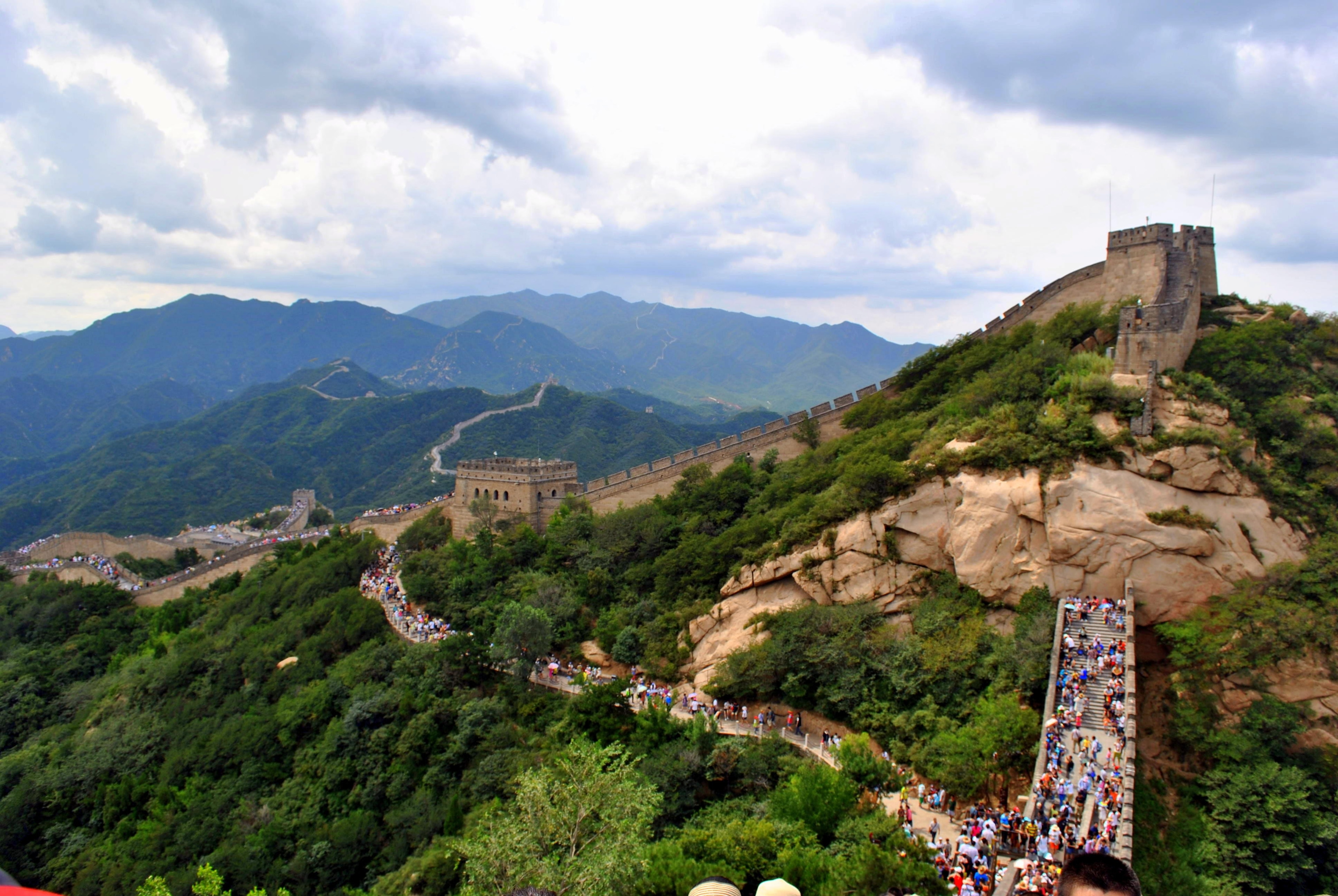
About 2,700 years old is one of the most recognizable symbols of China, the Great Wall of China. With a total length of around 13, 170 miles and spanning across 15 regions, the Great Wall of China is the longest feat of human engineering. First constructed by Emperor Qin Shi Huang in the third century B.C, it was built to keep away the invaders. Although it never effectively prevented the invaders, it has today become a unique heritage site and the symbol of China and has a footfall of around 50 million visitors every year.
2.) Christ the Redeemer, Brazil

Welcoming you to Rio De Janeiro with arms wide open is the statue of Christ the Redeemer or in native Portuguese ‘Christ Redento’. Standing tall at 98 ft from the Corcovado Mountain, this Art-Deco statue of Jesus Christ was chosen as a symbol of peace and took nine long years to be completed. It was designed by Polish-French sculptor Paul Landowski and constructed by Brazilian engineer Heitor da Silva Costa in collaboration with French engineer Albert Caquot. The face of the statue was a creation of Romanian artist Gheorghe Leonida. Made of concrete and soapstone and covered with 6 million stone tiles, this beautiful statue today is a victim of bad weather. Nevertheless, it is a top contender in everyone’s bucket-list and can be reached by hiking through the gorgeous Tijuca Forest!
3.) Taj Mahal, India

This beautiful mausoleum, considered to be an epitome of love worldwide, was built by Emperor Shah Jahan of the Mughal dynasty for his beloved wife Mumtaz Mahal. An outstanding example of the Mughal architecture combined with Indian, Persian and Islamic influences, this ornate mausoleum took approximately 20 years to be completed. About 22,000 workers worked for this dream of Shah Jahan to be turned into a reality. Constructed with ivory-white marble and inlaid with semi-precious stones, this is one of the world’s most celebrated structures and a stunning symbol of India’s rich history.
4.) Machu Picchu, Peru
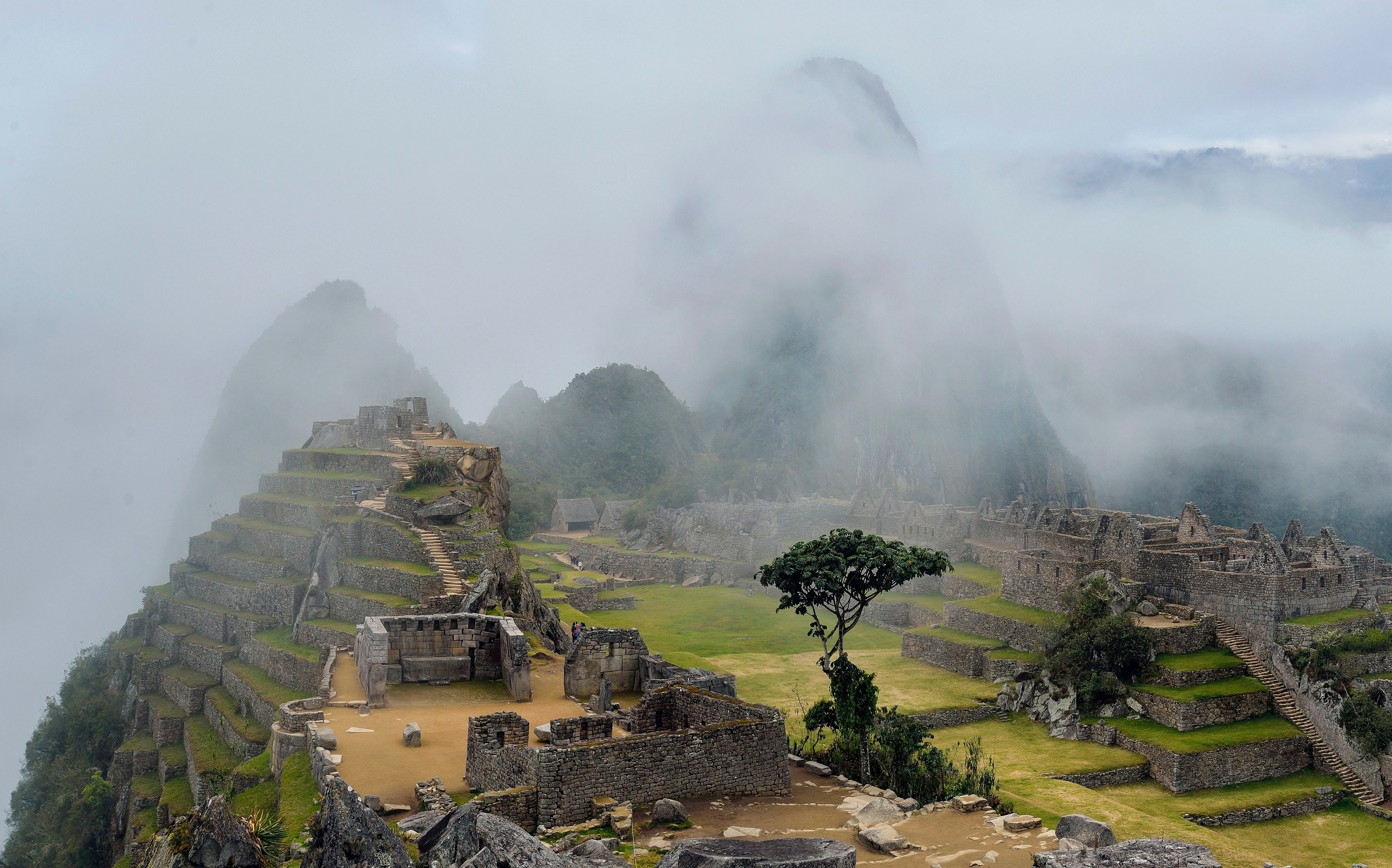
Nestled in the rocky countryside of Cusco, Peru is the 15th century Inca citadel popularly known as Machu Picchu. Until the American archaeologist Hiram Bingham stumbled upon it in 1911, it was known only to the peasants living in the region. It is argued that Machu Picchu was built during the height of the Incan Empire. Offering panoramic views, this site is spread across 5 miles and has around 150 buildings, ranging from baths and houses to temples and sanctuaries. Most of the cities built during the Inca civilization were destroyed during the Spanish conquest. An archaeological wonder, Machu Picchu is one of the most-preserved Inca cities in Peru.
5.) Petra, Jordan
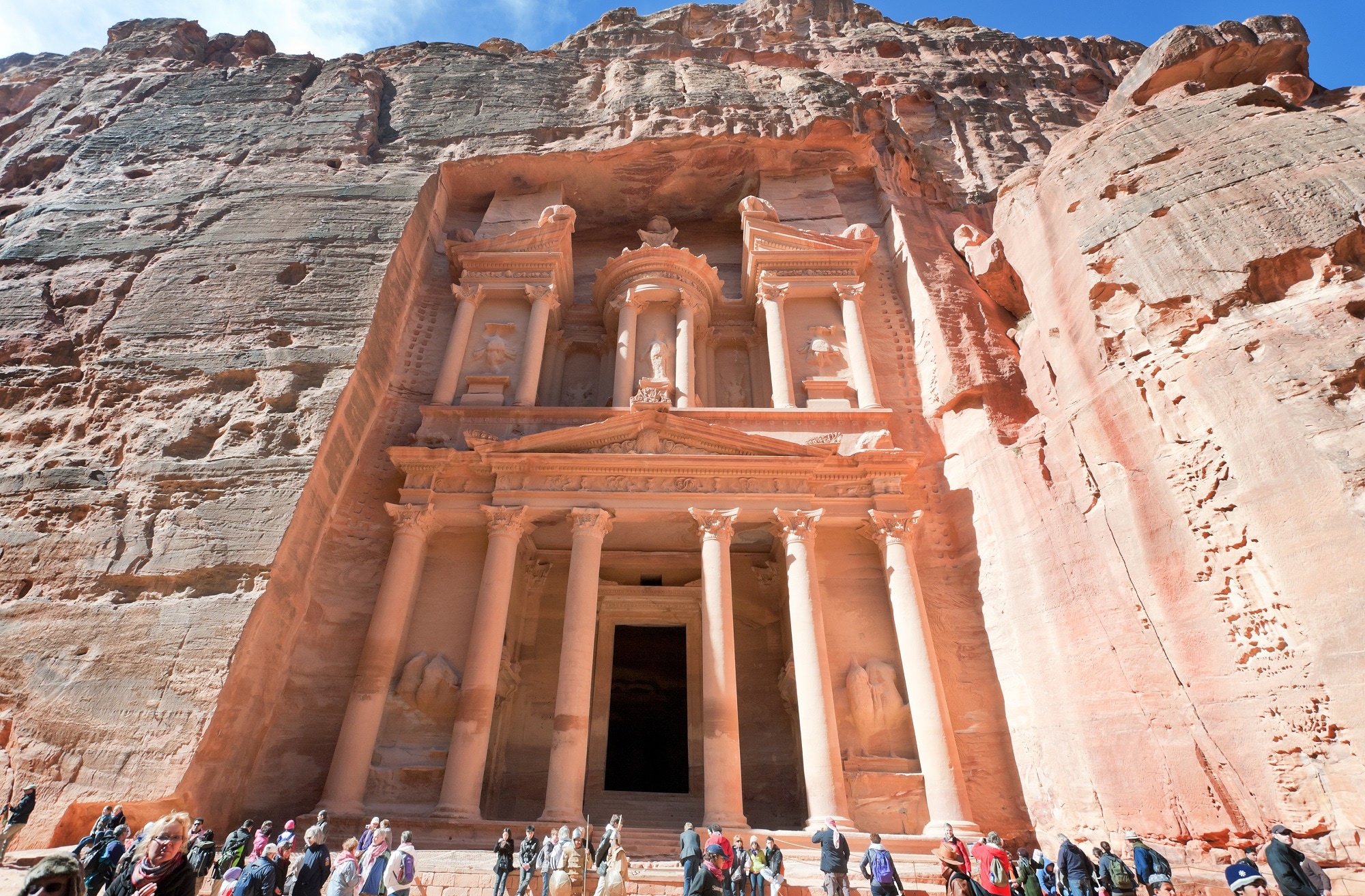
An oasis in the middle of a desert, Petra is the world’s wonder and Jordan’s most valuable treasure. Originating from the Greek word ‘Petros’ meaning rocks, Petra was established as the capital city of the Nabataean Kingdom in around 312 B.C. It is also known as Al-Batra in Arabic. It has been a UNESCO World Heritage Site since 1985 and is famous for its rock-cut architecture and water conduit systems. Another name for Petra is ‘Rose City’ due to the red-pink colour that the rocks take on at sunrise and sunset! Petra is popular for its 800 individual monuments that include buildings, tombs, baths, funerary halls, temples, arched gateways and collonaded streets. UNESCO has described this hidden gem as ‘one of the most precious cultural properties of man’s cultural heritage’!
6.) Colosseum, Rome

Also known as the Flavian Amphitheatre, Colosseum is the largest amphitheatre ever built and is situated in the centre of the city of Rome, Italy. Built under the Flavian emperors, construction of the Colosseum began somewhere around 72 C.E and was completed in 80 C.E. The amphitheatre was built so that people could enjoy gladiator combats as well as other forms of entertainment. It had a seating capacity for over 50,000 spectators and about 80 entrances out of which 76 were entrance gate arches and 4 were special gates which were the Grand Entrances. Although the Colosseum has been destroyed over time, it still remains a popular tourist destination as well as an iconic symbol of Rome!
7.) Chichén Itzá, Mexico
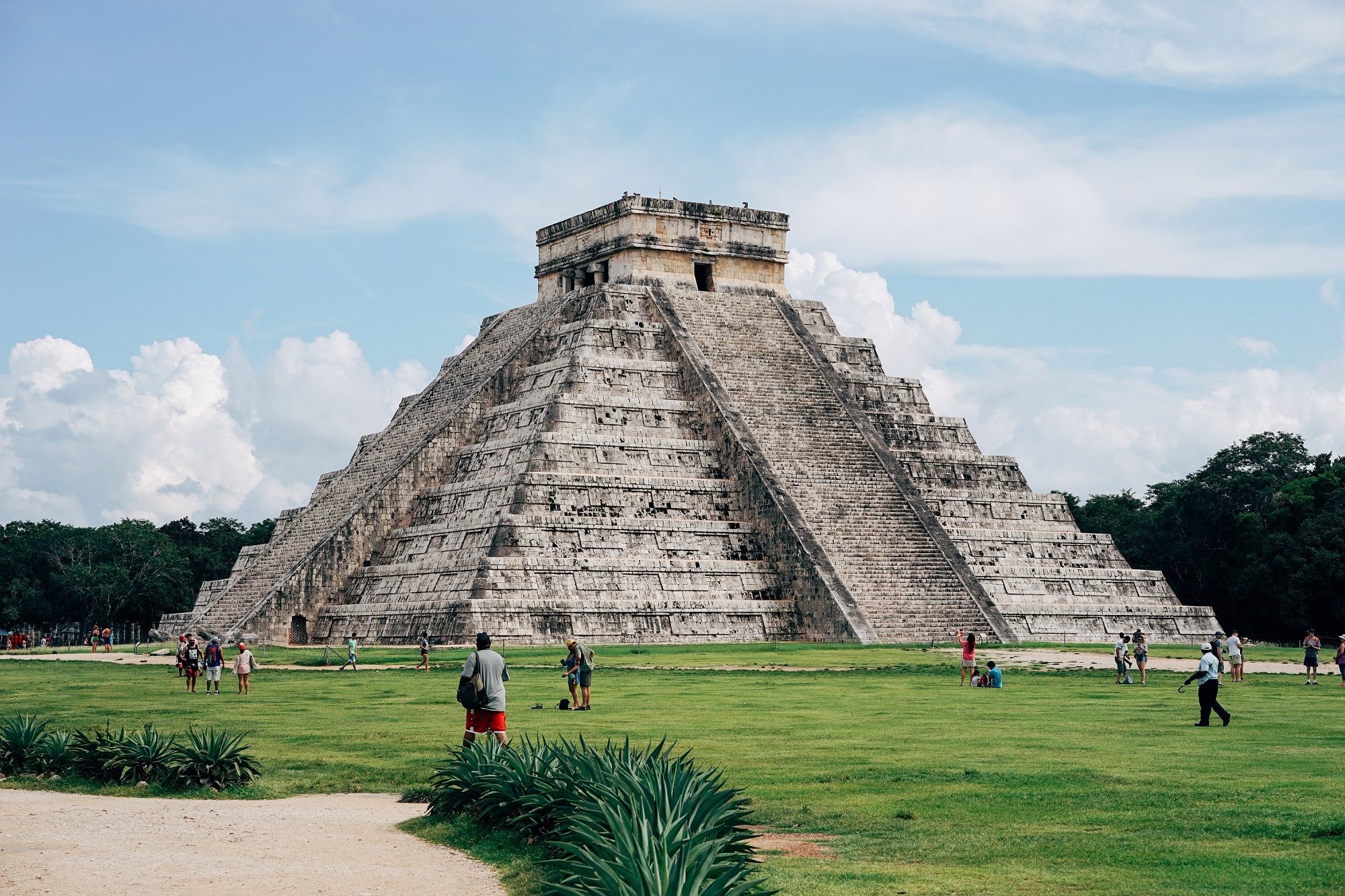
Chichén Itzá was founded in the 6th-century C.E by the Mayan people of the Yucatán Peninsula and was one of the greatest Mayan centres. Rich in monumental architecture and sculpture, this is one of the most popular sites in Mexico. Archaeologists believe that it was a powerful economic city during the Mayan rule and rose to its prominence in around 600A.D. This important city fell from its power in around 1000 A.D. Chichén Itzá was enlisted as a UNESCO World Heritage Site in 1988.
The ancient seven wonders of the world are already lost in time with only one of it left for us to visit. Nevertheless, the new seven wonders of the world are still here with us to marvel, experience and cherish humankind’s greatest architectural achievements. The clock is ticking, visit them all!






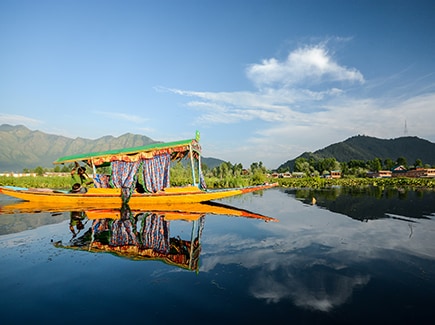

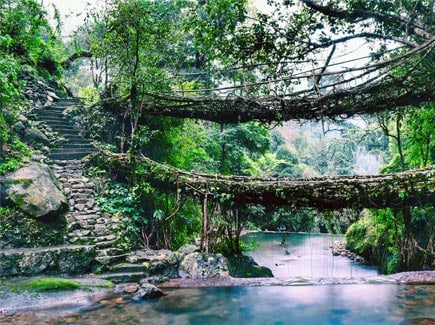

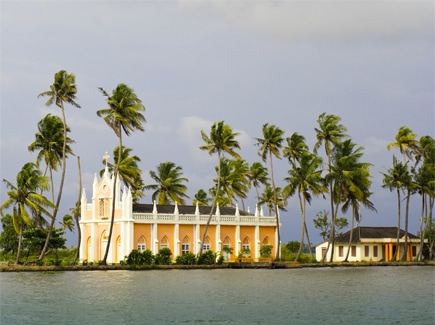



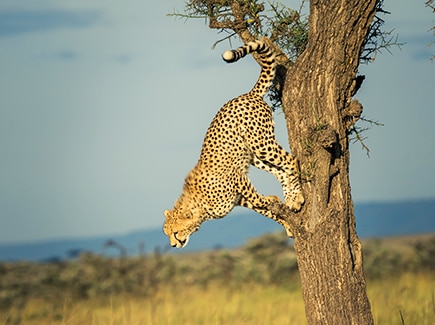









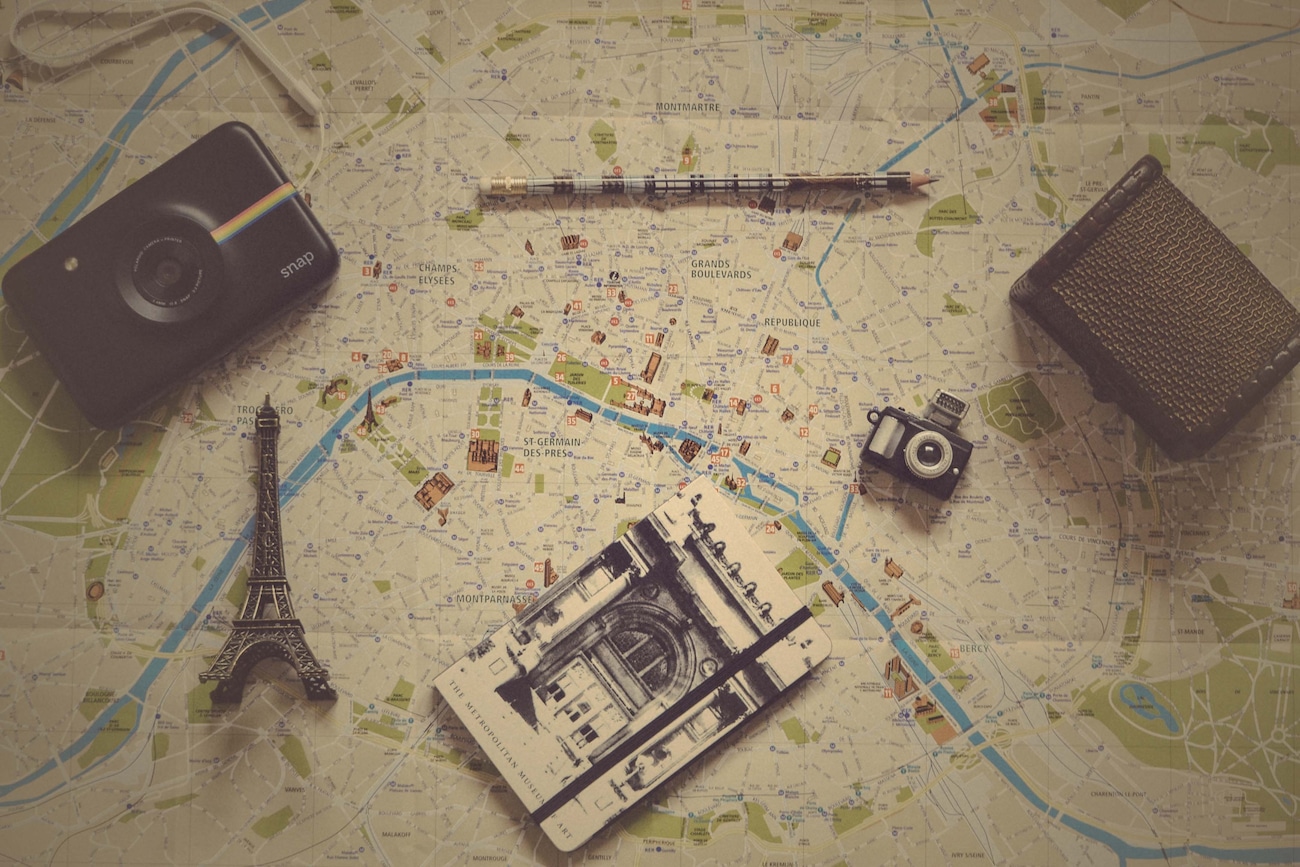










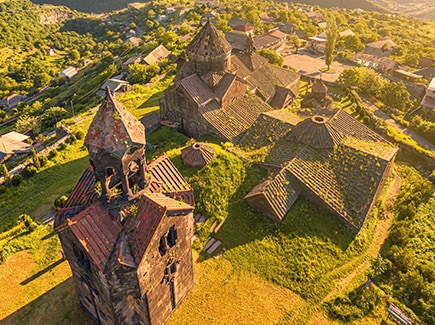
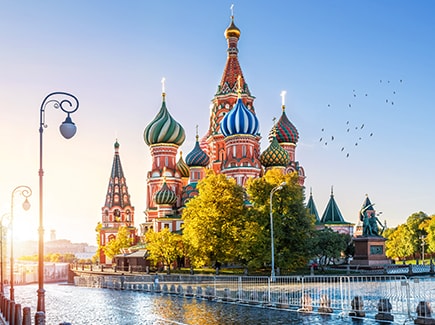
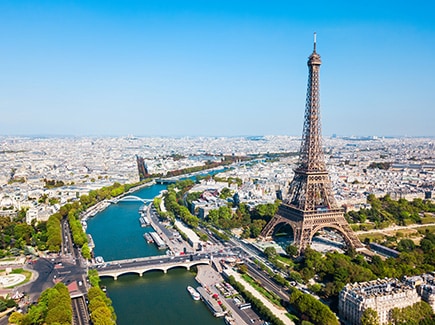
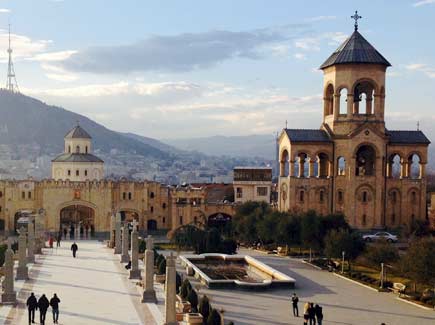












Post your Comment
Please let us know your thoughts on this story by leaving a comment.